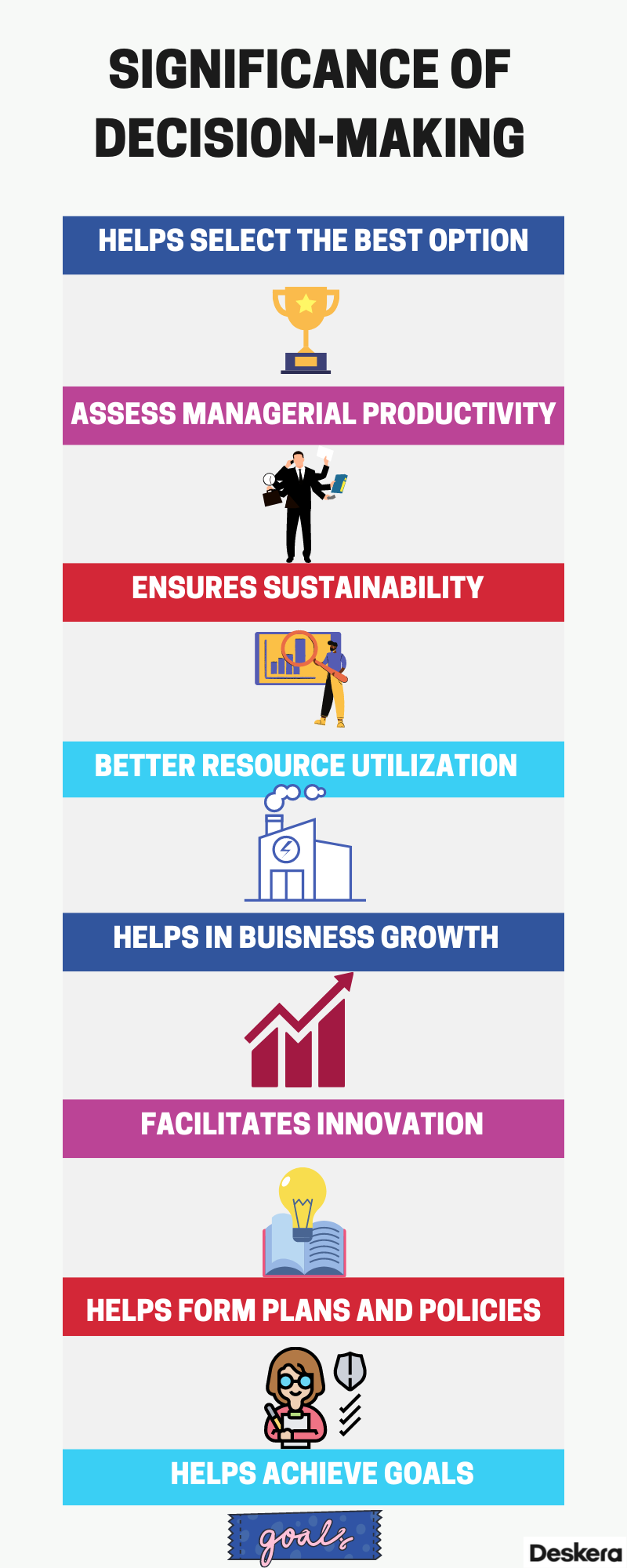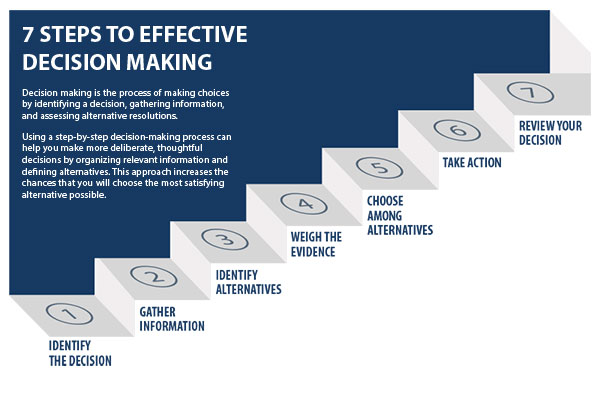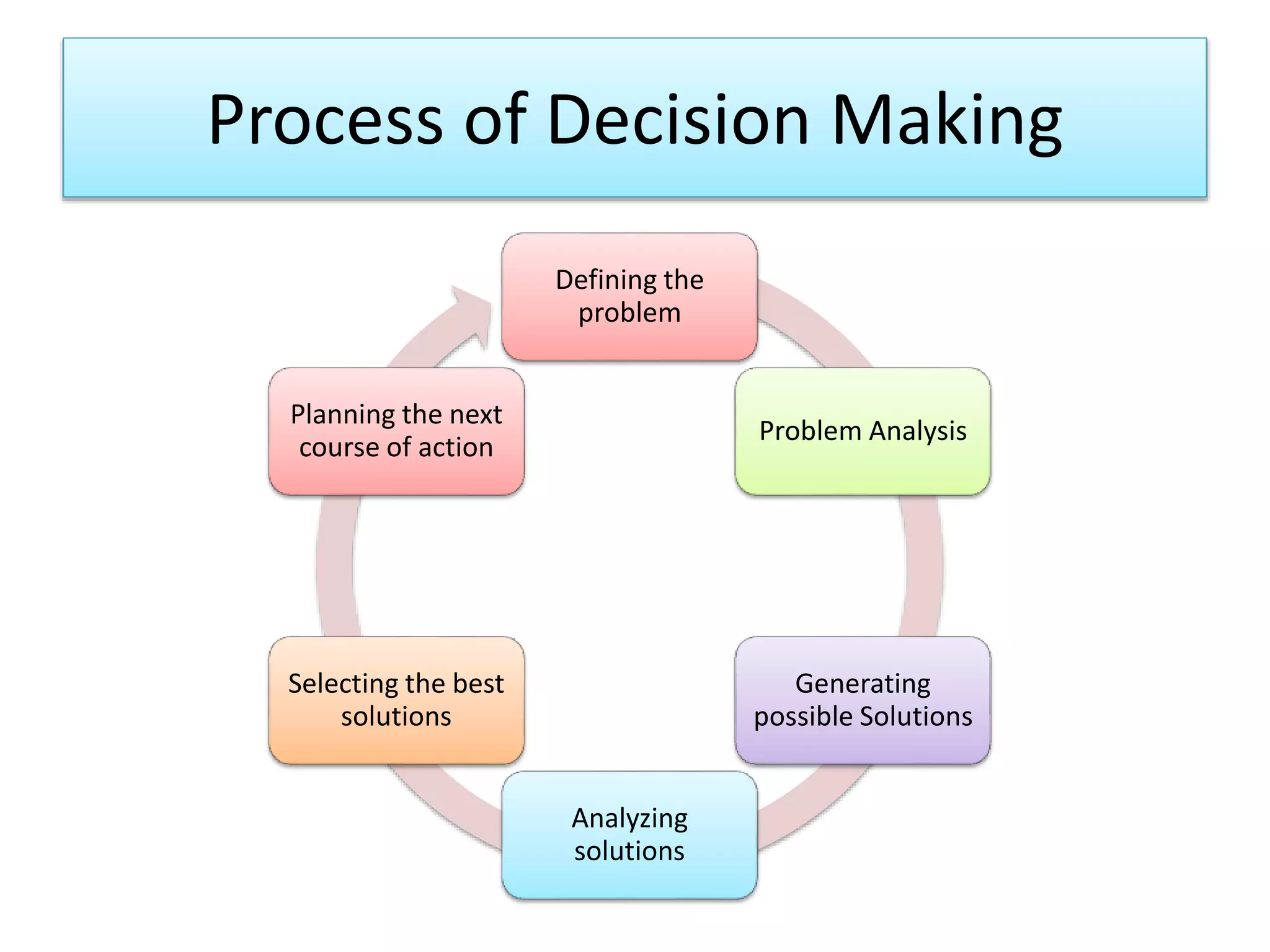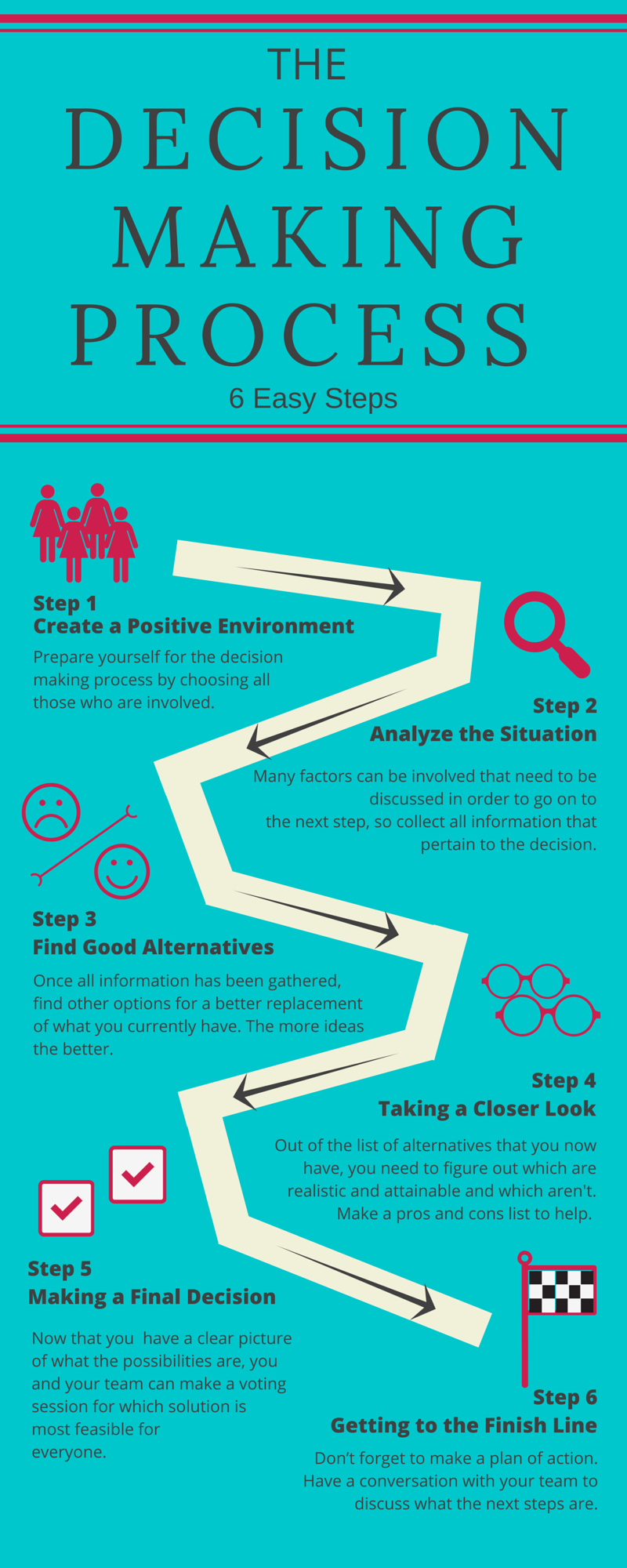How Do You Go About Making Important Decisions
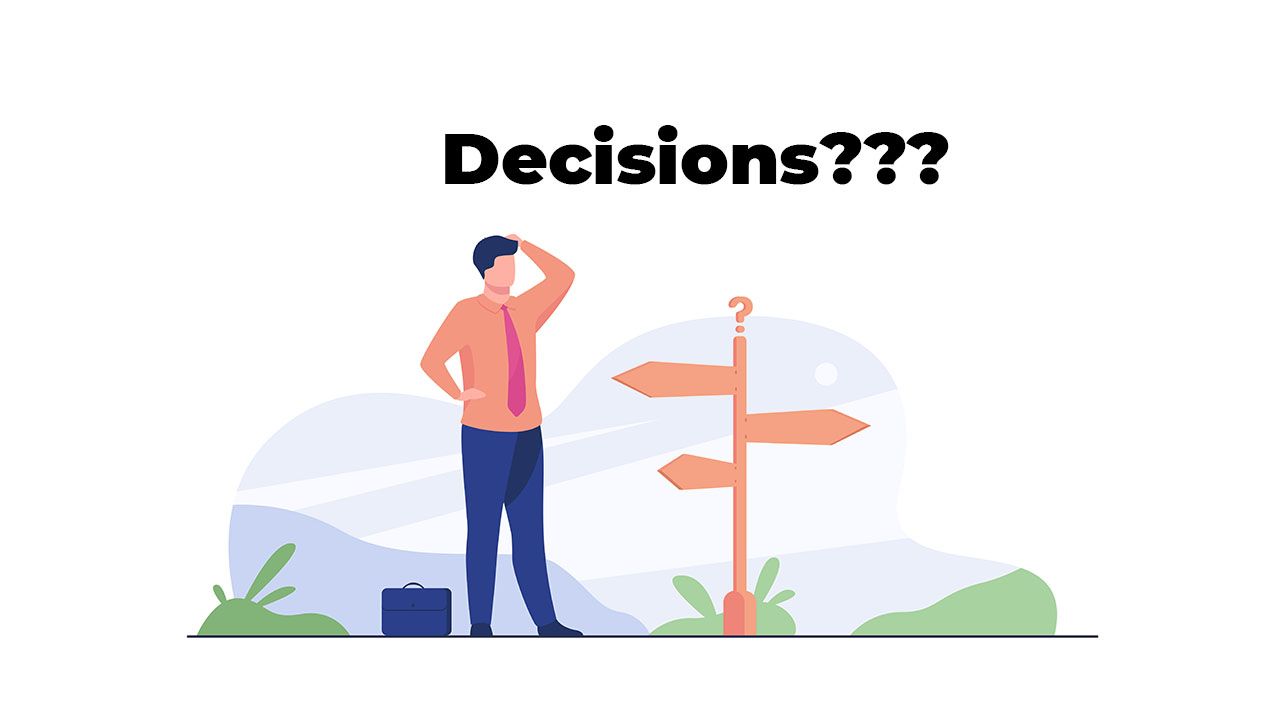
Urgent action is crucial when facing significant decisions, requiring a structured approach to navigate complexities. Mastering this process can significantly impact outcomes, both personally and professionally.
Effective decision-making involves a blend of critical thinking, data analysis, and emotional intelligence. Individuals must move past assumptions and biases to arrive at well-reasoned conclusions.
Identifying the Core Issue
The first step in making any important decision is clearly defining the problem. Without a precise understanding of what needs to be decided, the process will inevitably falter.
Where does this issue originate? Who is impacted by it? These questions help to refine the scope of the decision.
For example, if a company is experiencing declining sales, the core issue might be outdated marketing strategies or increased competition.
Gathering Relevant Information
Data collection is paramount. Base decisions on facts, not gut feelings. This includes market research, expert opinions, and historical data.
According to a 2023 study by Harvard Business Review, organizations that leverage data-driven insights make decisions that are 77% more likely to be successful. This means gathering quantitive as well as qualitive data.
Consider consulting with stakeholders who have vested interests or valuable perspectives.
Analyzing Options and Consequences
Once you have gathered enough information, the next step is to generate potential solutions. Brainstorm as many options as possible, no matter how unconventional they seem initially.
Evaluate the potential consequences of each option. Consider both positive and negative outcomes, both short-term and long-term.
Use a decision matrix to weigh the pros and cons of each option against pre-defined criteria. Assign numerical values to help quantify your assessments.
Making the Decision and Implementing It
With the options analyzed and consequences evaluated, make the decision. This may involve trusting your gut, especially if you feel you have explored everything.
When is the best time to implement the decision? Timing is often critical to success.
Create a detailed implementation plan. Assign roles and responsibilities, set deadlines, and establish metrics to track progress.
Evaluating and Adjusting
Decision-making is not a one-time event; it's an ongoing process. Continuously monitor the results of your decision and be prepared to make adjustments as needed.
Regularly assess why things are working or not working and adjust course if necessary. This flexibility is crucial for navigating changing circumstances.
Document lessons learned. This will help you improve your decision-making skills over time. Create documentation of the process.
Overcoming Biases and Emotional Influences
Be aware of common cognitive biases that can cloud judgment. Confirmation bias, anchoring bias, and availability heuristic are just a few examples.
Seek diverse perspectives to challenge your assumptions. Engage in open and honest dialogue with people who hold differing views.
Manage your emotions. Important decisions should be based on logic and reason, not fear or excitement.
Next Steps
Continual refinement of decision-making processes is essential for individuals and organizations alike. By embracing a structured and informed approach, one can mitigate risks and maximize the likelihood of positive outcomes.
Ongoing research and practical application will shape the future of how we approach complex decisions. Remain adaptable to new insights and methodologies.
Consider exploring resources from institutions like the MIT Sloan School of Management and the Stanford Center for Decision Research to further enhance your skills.
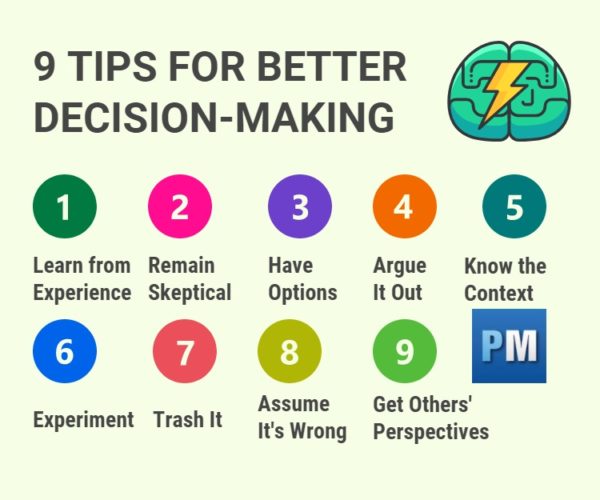


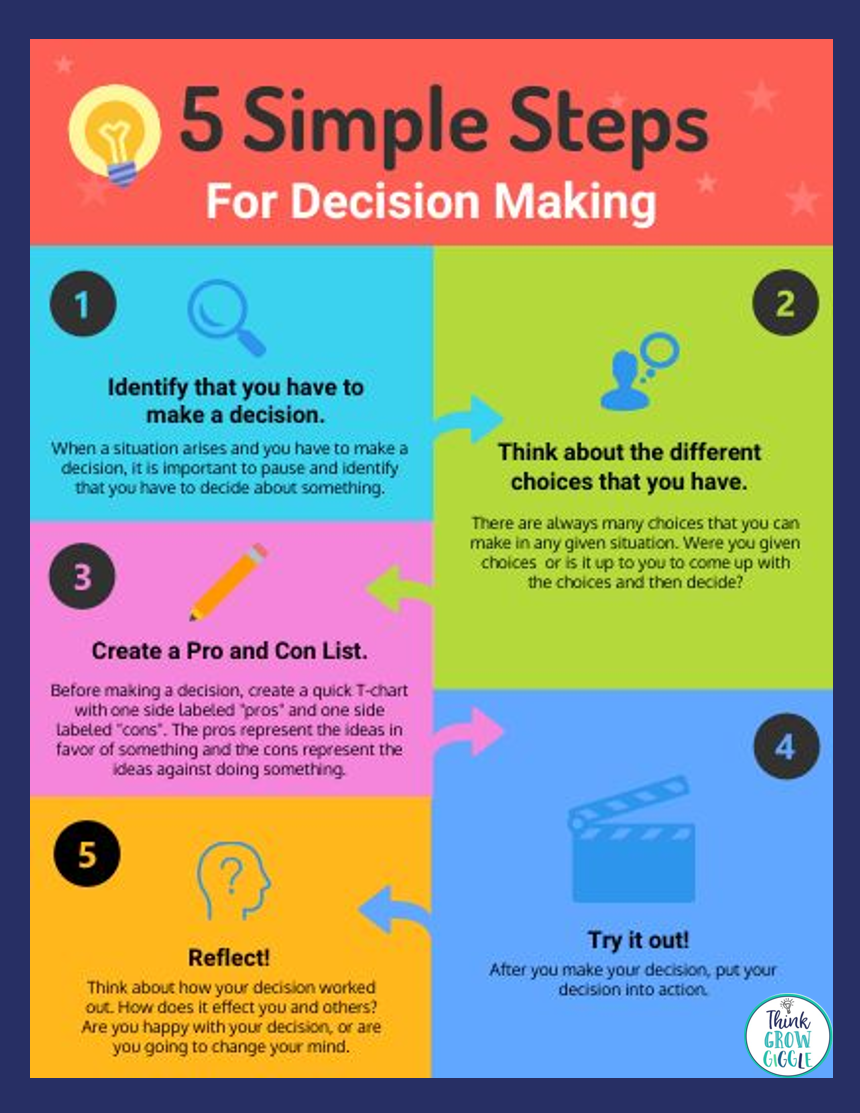
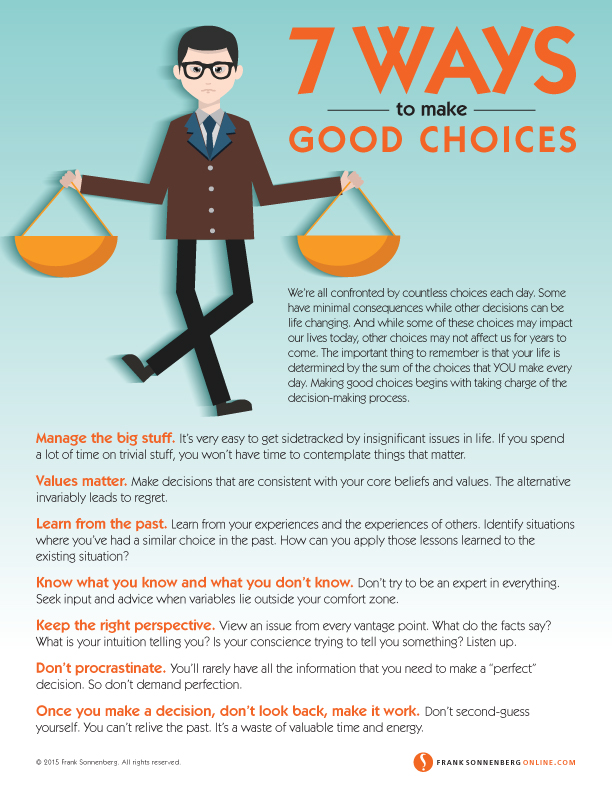
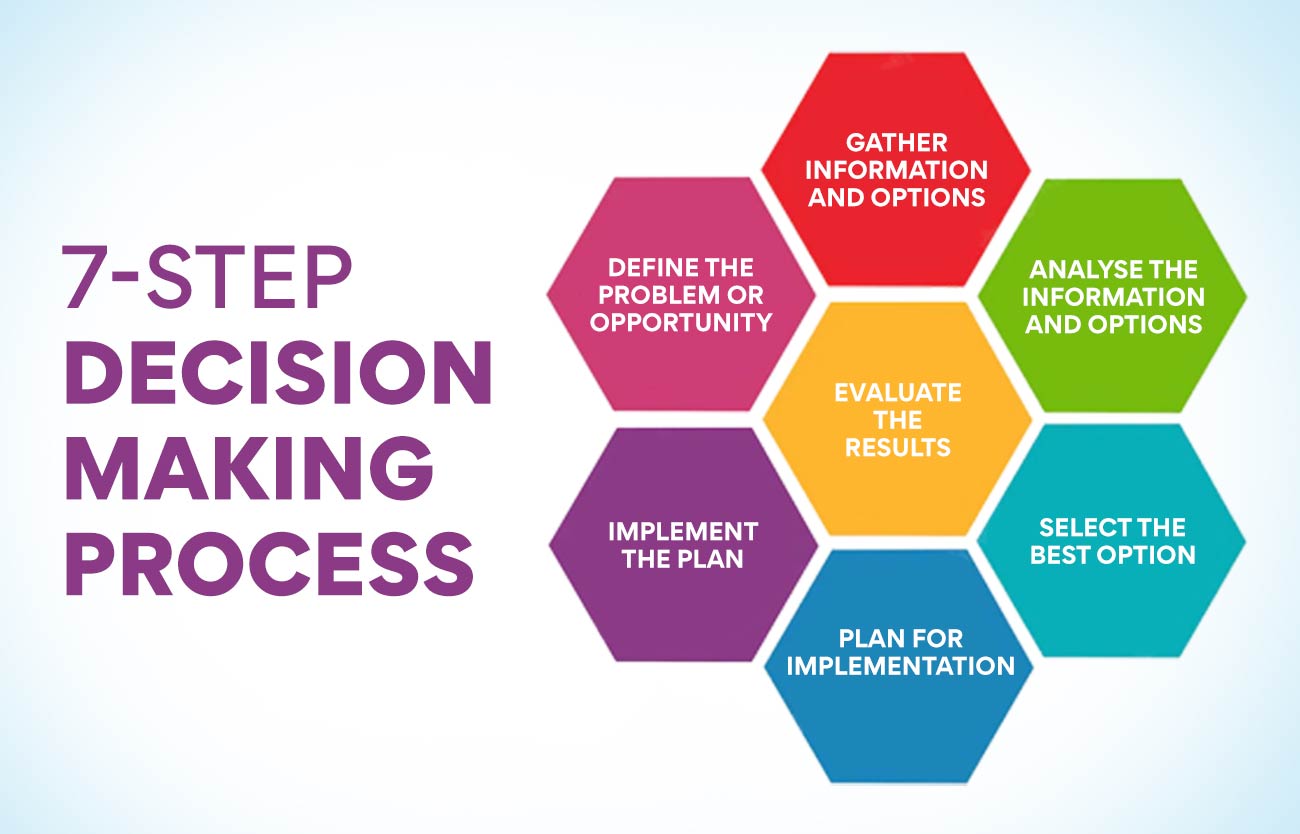
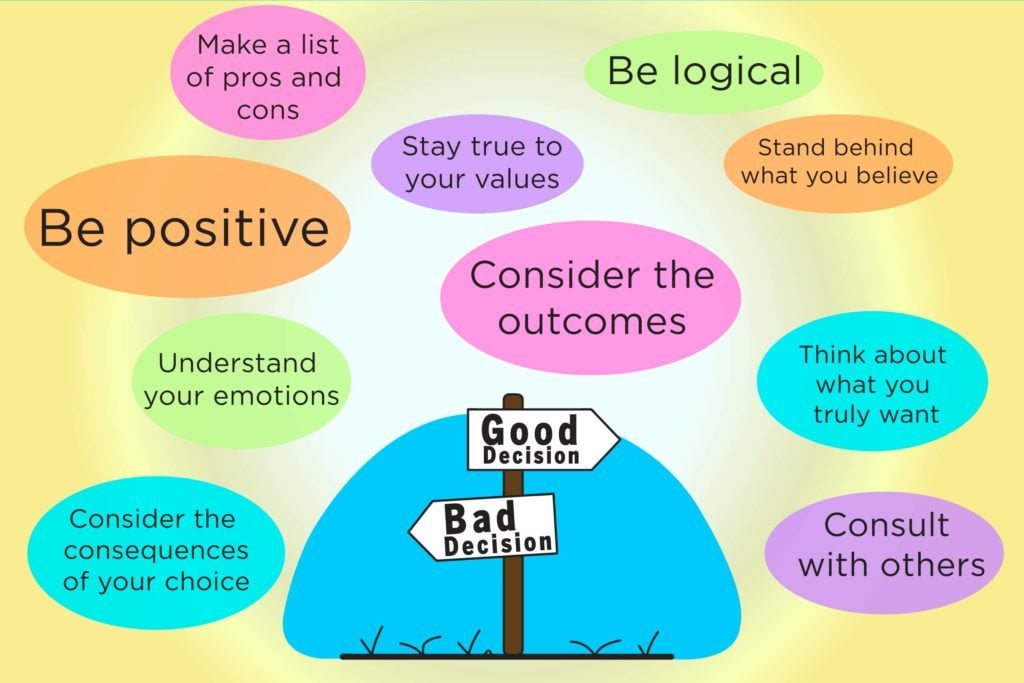

:max_bytes(150000):strip_icc()/decision-making-skills-with-examples-2063748-FINAL-5bad43d946e0fb002688e130.png)
